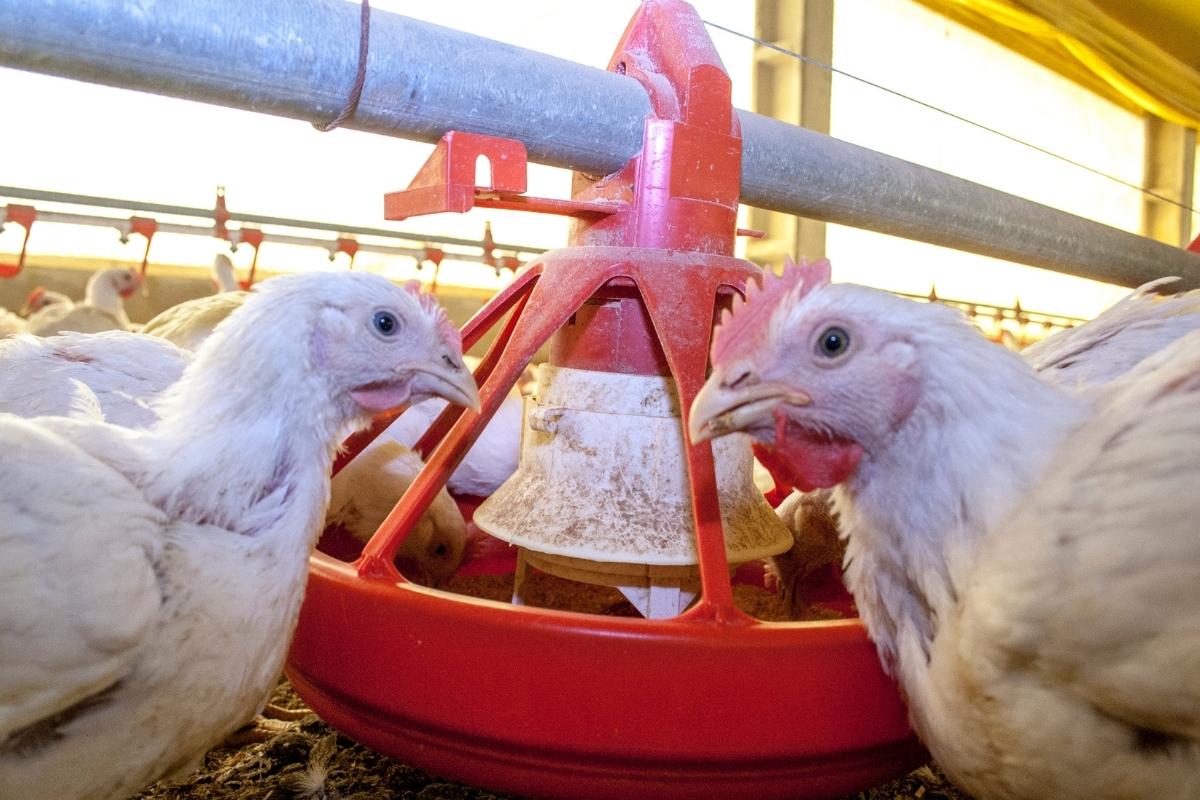Phage therapy in poultry
The ongoing battle against antimicrobial resistance has led to increased focus on alternative methods of bacterial control, such as the use of bacteriophages.
To evaluate the efficacy of bacteriophage administration in reducing bacterial levels in poultry, a systematic literature review and meta-analysis were conducted.
The review included studies in which chickens were challenged with known levels of bacteria and administered known levels of bacteriophage.
The concentration of bacteria was then measured in tissue and fluid samples from both challenged and unchallenged chickens after administration.
The results showed a significant reduction in bacterial concentration after bacteriophage administration, suggesting that phage therapy may be a viable alternative to conventional antibiotics in poultry production. However, further research is needed to fully understand the potential effects and consequences of widespread use of phage therapy.
The authors S Mosimann, K Desiree, and P Ebner published their findings in the article Efficacy of phage therapy in poultry: a systematic review and meta-analysis, dated 1 December 2021.
Key findings:
- To determine the efficacy of bacteriophage administration in reducing bacterial levels in poultry, a systematic literature review and meta-analysis were conducted.
- The review included studies in which chickens were challenged with a known amount of bacteria and administered a known amount of bacteriophage. The concentrations of challenged bacteria were measured in tissue/fluid samples from both challenged and unchallenged chickens after phage administration.
- The results showed that the concentrations of challenge bacteria were significantly lower in challenged chickens treated with phage than in challenged untreated chickens (effect size = -0.82 log10 cfu/g).
- The effects of phage treatment were significantly greater in chickens given the phages via feed than in chickens given the phages via drinking water or the console spray.

Abstract
The increasing prevalence of antimicrobial resistant bacteria has sparked a renewed interest in alternative bacterial control methods, including bacteriophage administration.
In order to determine the overall efficacy of bacteriophage administration for the reduction of bacterial concentrations in poultry, a systematic literature review and a meta-analysis were conducted.
The systematic review included studies in which
- live chickens were challenged with a known quantity of bacteria; and
- challenged chickens were administered a known quantity of bacteriophages; and
- concentrations of the challenge bacteria were measured in tissue/fluid samples from both challenged and unchallenged chickens after phage administration; and
- either standard deviation or standard error was reported.
Results of a meta-analysis of the 12 studies included in this review (total inputs: n = 41; total observations: n = 711) indicated that concentrations of challenge bacteria were significantly lower (P < 0.001) in challenged, phage-treated chickens than in challenged, untreated chickens (effect size = -0.82 log10 cfu/g).
Phage treatment effects were significantly greater (P < 0.01) in chickens administered phages via feed than in chickens administered phages via drinking water or aerosol spray.
No significant differences were observed between subgroups when data were disaggregated by various other experimental characteristics, though some significant differences were observed across subgroups after further disaggregation by sampling time and animal age.
As a whole, findings from the systematic review and meta-analysis indicate that phage administration can significantly lower concentrations of targeted bacteria in chickens and that, in some instances, the effect may be greater in the short-term vs. the long-term and in older vs. younger chickens.
Keywords: meta-analysis; phage; poultry; systematic review.
Copyright © 2021 The Authors. Published by Elsevier Inc. All rights reserved.

 How bacteriophages work
How bacteriophages work
